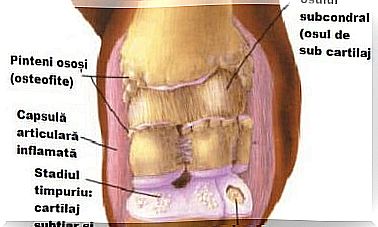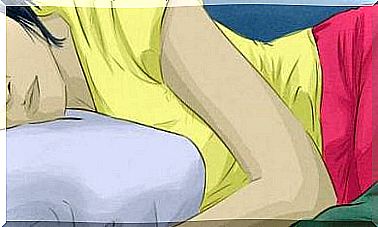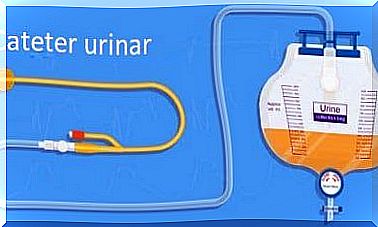Sartorius Muscle: The Longest Muscle In The Body
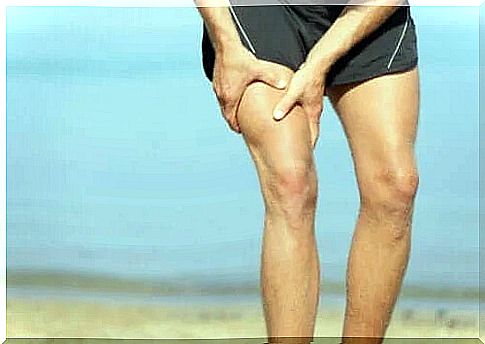
The sartorius muscle is part of the thigh. Although many people have never heard of it, it is the longest muscle in the human body. People tend to believe that the longest muscle is the quadriceps, but the truth is that the sartorius muscle is longer.
One of its main functions is to bend the foot. Its positioning makes it possible to perform certain postures, such as crossing our legs when sitting down. The problem is that, like any other muscle, it can suffer injuries. This can severely affect the mobility of the lower extremities.
What is the sartorius muscle?
The sartorius muscle, as we have already pointed out, is one of the muscles that are part of the thigh. Specifically, it originates in the upper and anterior area of the iliac spine. From there, it reaches the top of the tibia.
At the tibia, it attaches to its upper internal part. It is a kind of curve along the thigh that passes behind the median condyle of the femur until it reaches its insertion point. This last section is actually a tendon.
It is part of the so-called goose leg. It consists of the distal tendons of the semitendinosus muscle, the internal rectum and sartorius. This area is prone to disabling injuries.
Some people may experience variations in the normal position of the sartorius muscle. This is described in a study published in the Chilean Journal of Anatomy . Medical experts should consider this, especially when performing surgeries or treatments.
This is the longest muscle in the human body. From the pelvis to the knee, it measures approximately 55 cm (21 inches) in a medium-sized adult. It can reach up to 60 cm (23 inches).
The femoral nerve performs innervation. In addition, the femoral artery passes through it and is responsible for transporting oxygenated blood to the farthest parts of the leg.
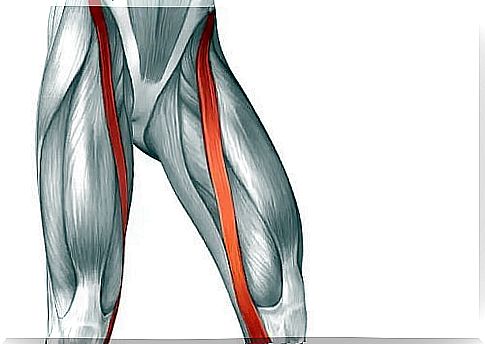
What are its functions?
As the Spanish Royal Academy explained, the word “sartorius” comes from the Latin “tailor”, which means “tailor”. This muscle was not named at random. One of its functions is to allow us to cross our legs, the typical posture used by ancient tailors.
The sartorius muscle is a striated skeletal muscle. It contracts voluntarily, unlike smooth muscles. The latter are part, for example, of the digestive system and contract unconsciously.
The main function is to flex the foot. If we look at his disposition, this is easier to understand. When he contracts, he pulls his foot to his hip. It also allows for other movements, such as rotating the hip outward or bending the knees. Similarly, it contributes to the internal rotation of the foot or its lifting.
Pain in the sartorius muscle, as in any other muscle group, is the result of traumatic injuries or excessive exertion. In addition, other symptoms such as swelling, redness or increased sensitivity may occur.
Injuries are caused by a direct impact on the muscle area. Any blow to the area of the iliac spine or the central or inner thigh can cause this pain. The same happens if the lesion appears at the level of the “goose foot”.
When the trauma affects the “goose foot”, damage to the nearby muscles also occurs. However, pain and damage from trauma such as those described above are not as common as injuries related to tendonitis or bursitis.
Tendinitis is the inflammation of some of these tendons. It can cause lameness, pain inside and even inability to move the foot if the pain is very intense.
Bursitis, on the other hand, is the inflammation of the stock market. This is a fluid-filled cavity, similar to the synovial cavity in other joints. Allows cushioning of friction between bones and tendons to reduce damage during movement.
Both injuries are very common in athletes, especially runners or those who perform exercises with high impact on this area of the knee.
Excessive effort consists of tensing the muscle or generating too much force. In this case, some fibers may break. This excessive effort is often associated with a lack of physical training.
Other causes of pain in the sartorius muscle
Although rare, sartorius muscle pain can occur due to the presence of calcification. This is explained by a study published in Semergen-Family Medicine. This calcification, in turn, comes from a previous trauma.
How can this muscle be strengthened?
Strengthening the sartorius muscle is fundamental because strength training offers many health benefits, not just aesthetically. For example, it speeds up the metabolism and helps to burn more calories at rest.
In addition, the leg muscles support the entire body weight. They allow us to walk and move naturally. The sartorius muscle is responsible for flexing the legs and performing rotational movements. This movement is fundamental when we want to bend.
Therefore, in healthy people, doctors recommend strength training of the lower body. Whether in the gym or at home, there are many exercises you can do to help strengthen this muscle. Knee bends are an excellent example.
Stretching is also another fundamental pillar. In the case of the sartorius muscle, to stretch it, you must bring the leg to the opposite position. To do this, we recommend that you sit on a safe surface. Extend the leg and rotate the hip inward.

Go to the doctor for any muscle discomfort
It is important to note that if you experience any discomfort in the sartorius muscle or any other muscle, you should consult a specialist. If we ignore the pain or discomfort, we can choose an evolving pathology, such as tendinitis.
Using a small plastic roller under your thigh, you can eliminate tension. You can find this tool useful in many sports stores. The idea is to place it on the floor and sit on it, then rotate it by pressing with your thigh.
You also need to strengthen and stretch the sartorius muscle frequently. This way, you will avoid possible injuries that occur due to excessive effort or lack of training.


